Last week marked a truly inspiring and fulfilling chapter in my professional journey as I traveled to Malaysia to facilitate a 3-day workshop on Antimicrobial Resistance (AMR) Data Management and Analysis, hosted by the Institute for Medical Research (IMR) under the National Institutes of Health (NIH), Ministry of Health Malaysia.
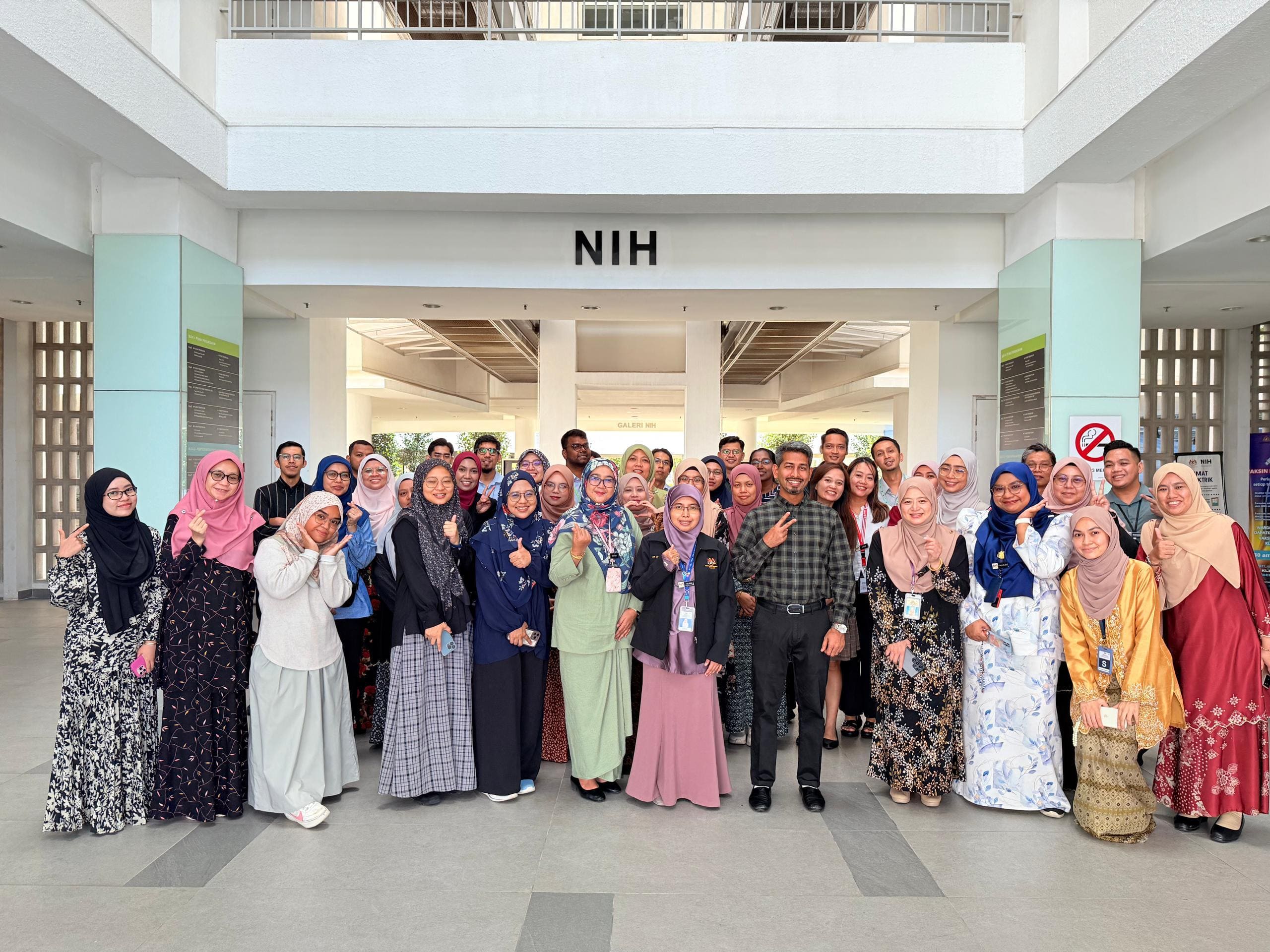
Photo: NIH Building, IMR, Setia Alam, Malaysia
🧪 Strengthening AMR Surveillance in Malaysia
The workshop welcomed over 50 dedicated professionals including doctors, microbiologists, and technologists from sentinel sites across Malaysia. Together, we explored ways to enhance the quality and consistency of AMR data generation, analysis, and interpretation to support evidence-based empirical therapy.
Notably, I had the opportunity to introduce practical methodologies for antifungal AMR surveillance, a domain often underrepresented but increasingly critical in public health. Topics covered included:
- 1) Generating and interpreting antifungal susceptibility data
- 2) Developing targeted antibiograms
- 3) Enabling hospital-level feedback for clinical decision-making
This hands-on capacity-building initiative is a strategic step towards improving the National AMR Surveillance System of Malaysia and aligning with global One Health standards.
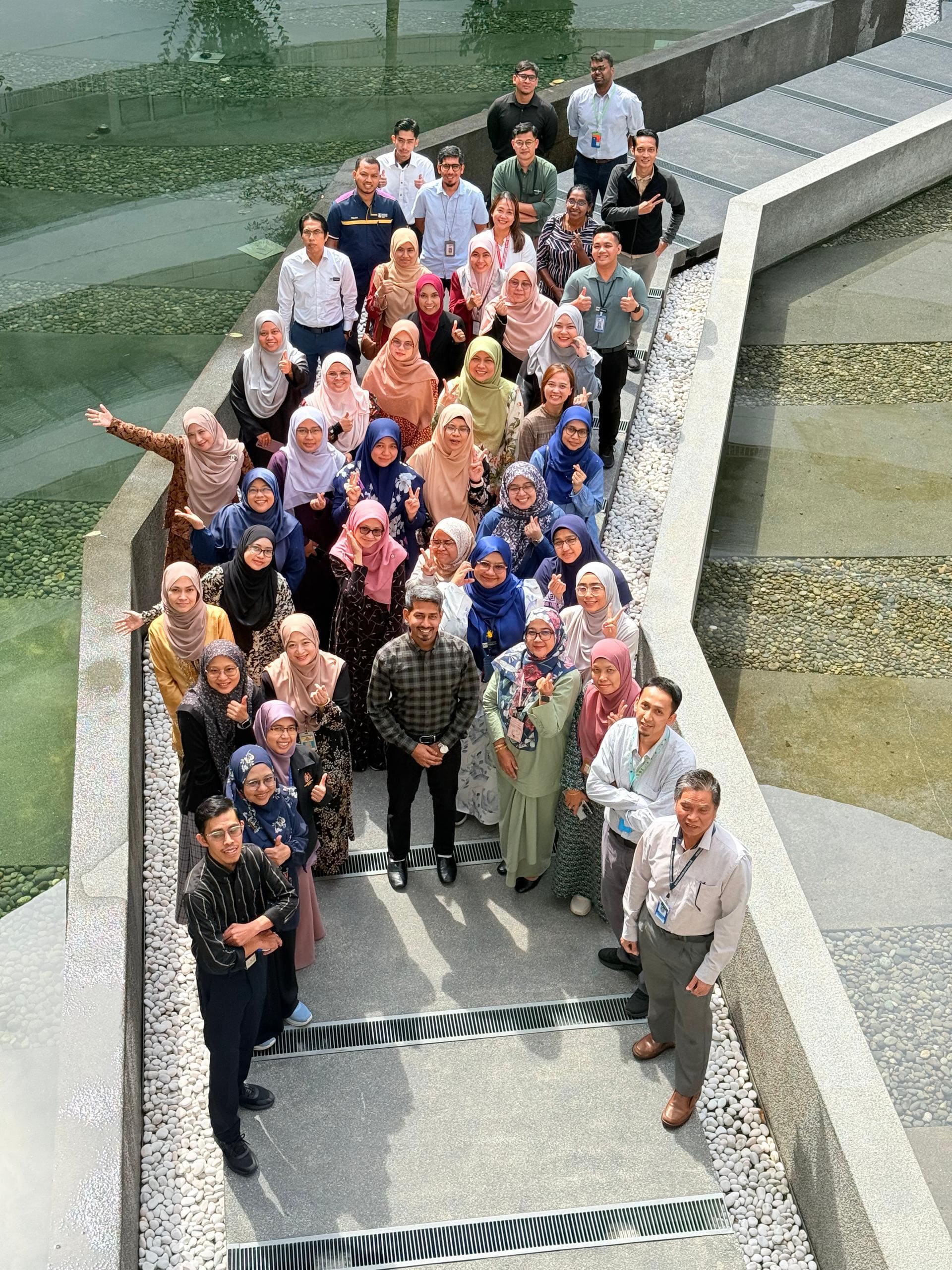
Photo: Block D, NIH Building, IMR, Setia Alam, Malaysia
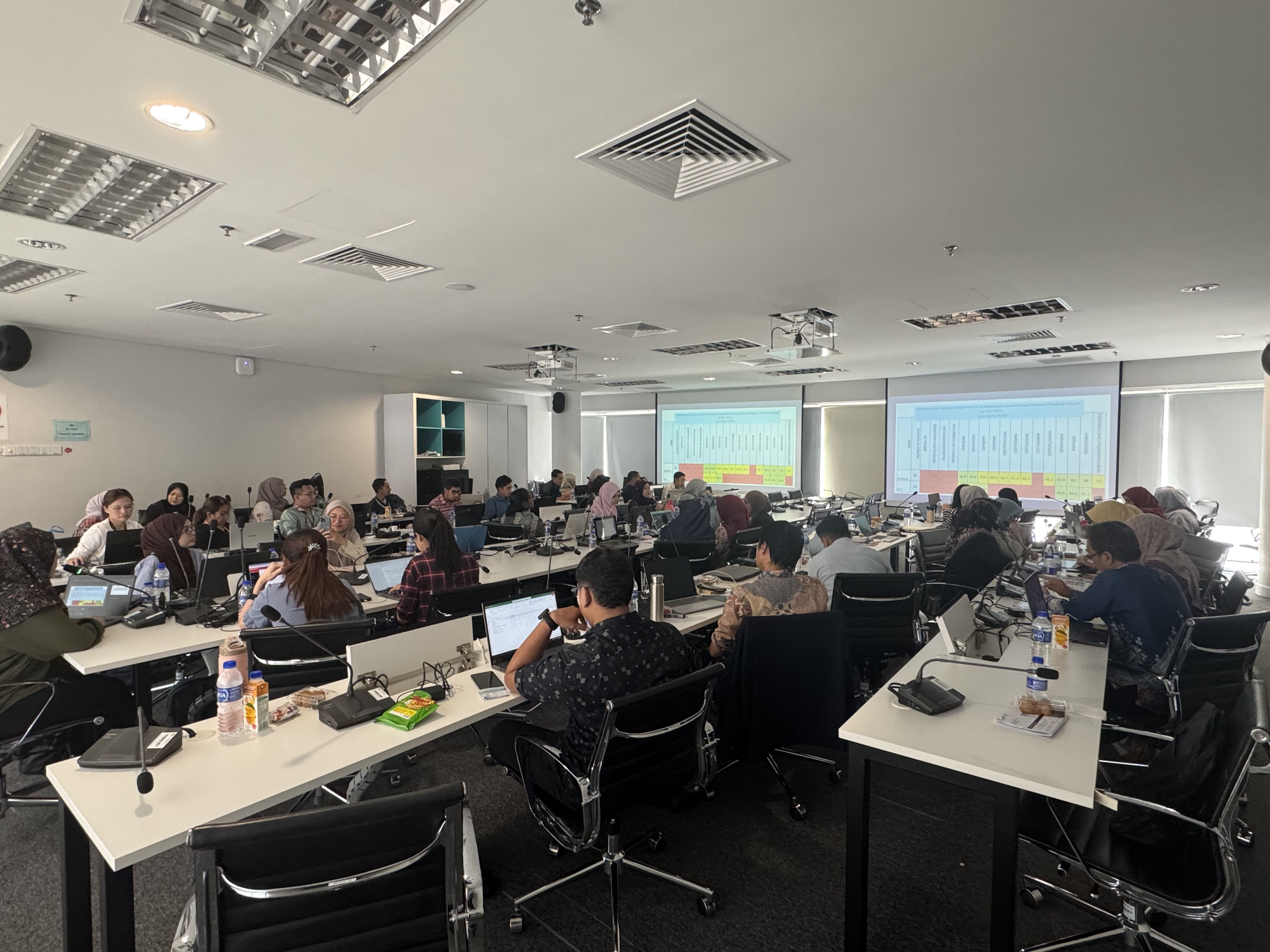
Photo: Group work Presentation of the WHONET-FAMR 2025: Fungal AMR Data Training Workshop
🤝 Strategic Engagements and Future Collaborations
In addition to the workshop, I had the privilege of holding productive discussions with Dr. Nor Farah Bakhtiar and her colleagues at the Ministry of Health in Putrajaya. We explored the expansion of AMR, AMU, and AMC surveillance across One Health sectors.
I also had the honor of visiting the University of Putra Malaysia (UPM) upon the kind invitation of Dr. Tengku Zetty Maztura. Our dialogue centered around scientific writing, digital surveillance tools, and lab-based capacity development initiatives that could drive regional progress in infectious disease monitoring.
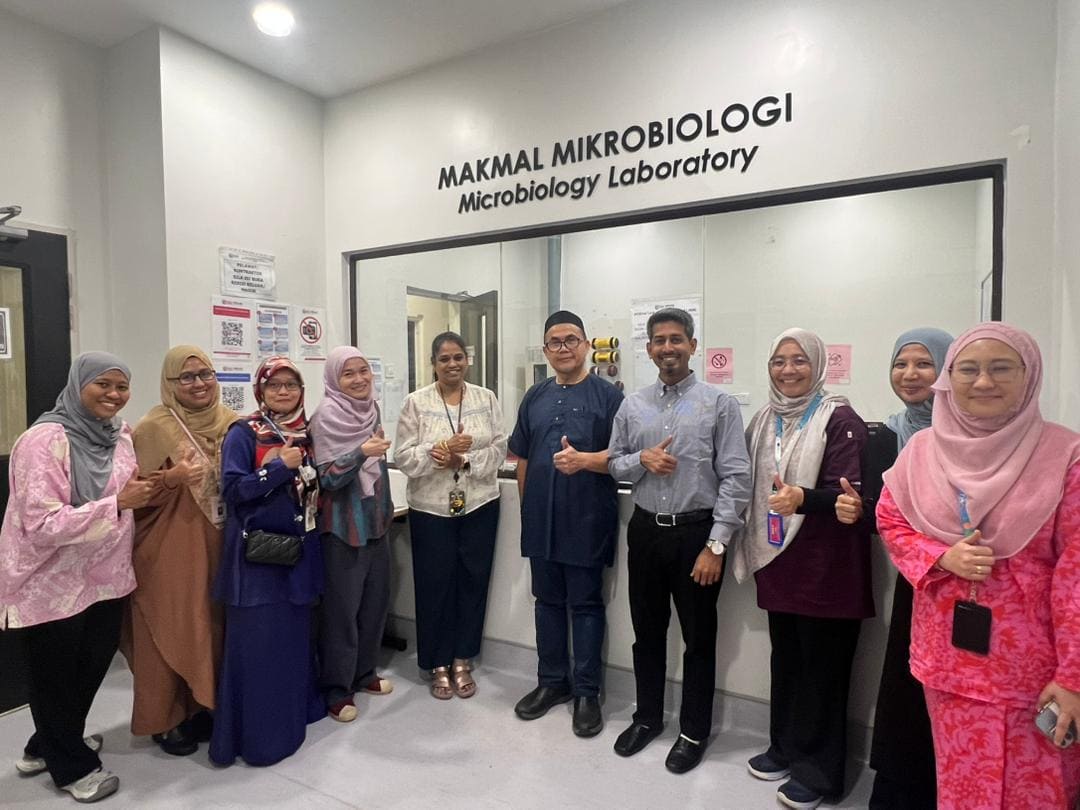
Photo: University of Putra Malasia, Medical College, Putrajaya, Malaysia
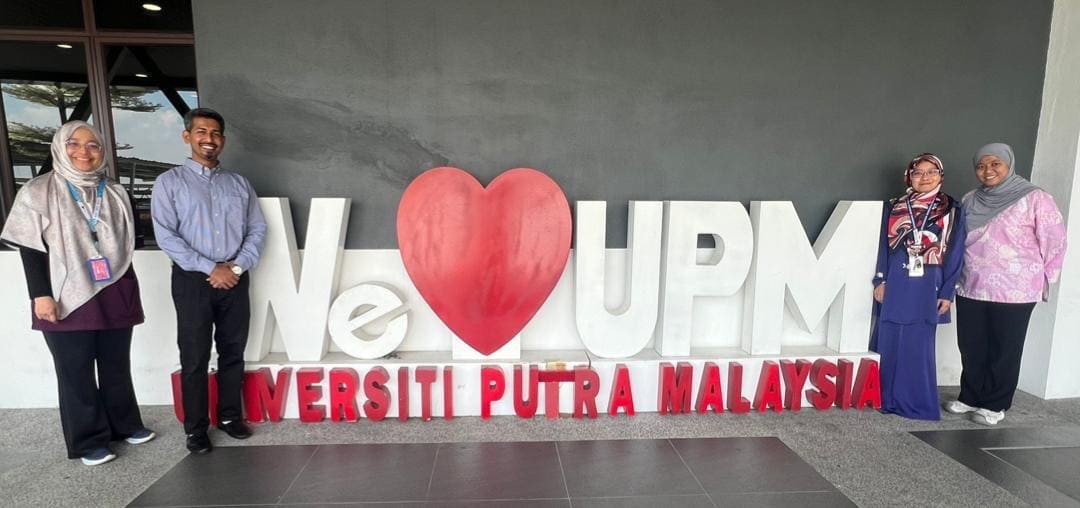
Photo: University of Putra Malasia, Medical College, Putrajaya, Malaysia
My sincere thanks to the brilliant minds and hearts at IMR, especially Dr. Rohaidah Hashim, Nur Fadhilah, Dr. Murnihayati Hassan, Dr. Mohammad Ridhuan, Dr. Mohan Rao, Dr. Nadzuan Yahaya, and Dr. Salina Sukur—for their collaboration, trust, and warm hospitality. Special appreciation also goes to my mentors Dr. Nimesh Poudyal and Dr. John Stelling, whose enduring contributions continue to shape the global AMR narrative.
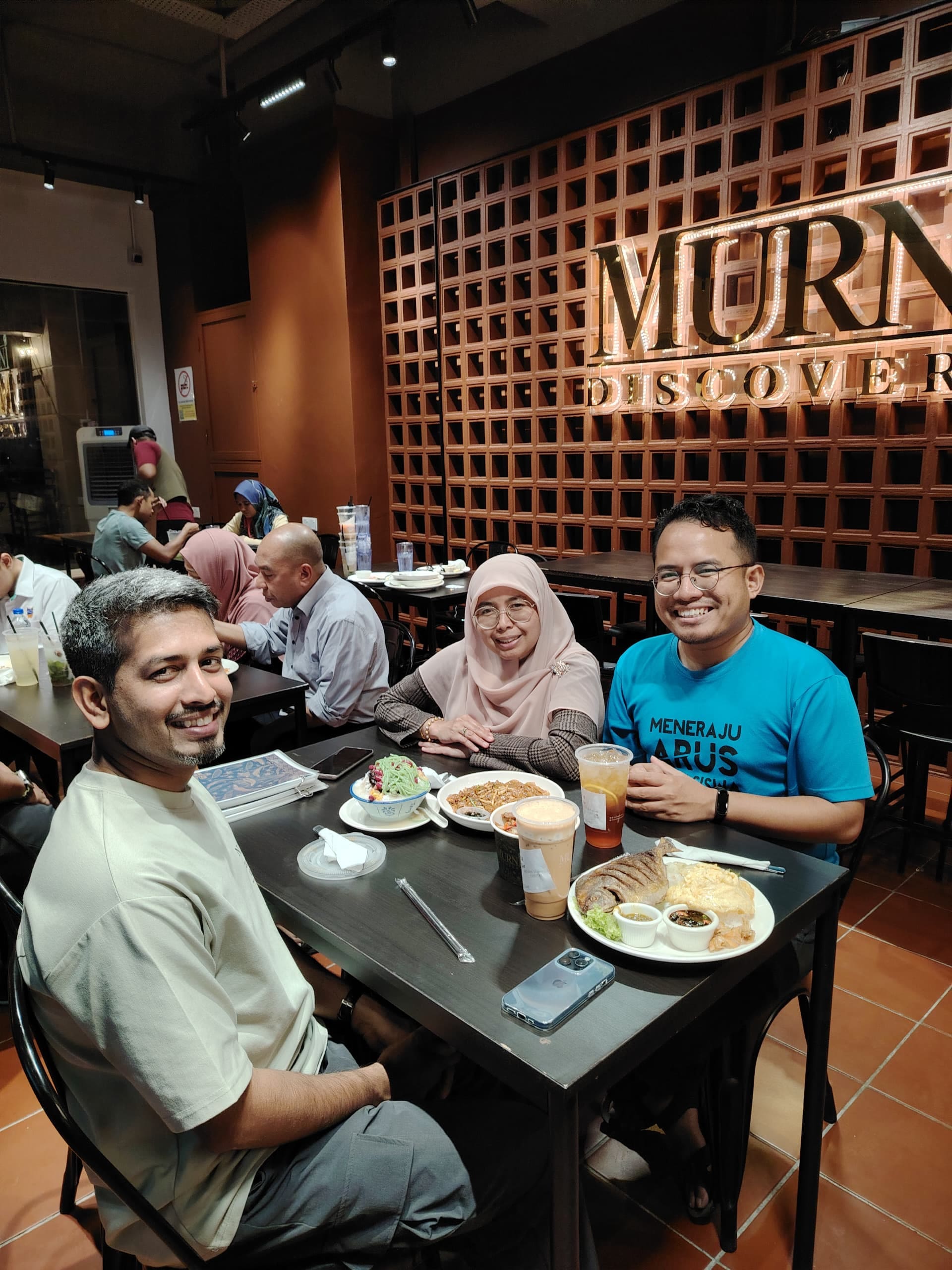
Photo: Malaysian Food
🏞️ Personal Reflections: Nature, Culture, and Connections
🌄 Hiking Bukit Gasing:
One morning, I took a refreshing hike through the Bukit Gasing Forest Reserve, located near Petaling Jaya. The trail offered stunning jungle views, a peaceful escape from city life, and a chance to reflect amidst nature’s calm. It was a welcome reminder of the balance between professional engagement and personal wellness.
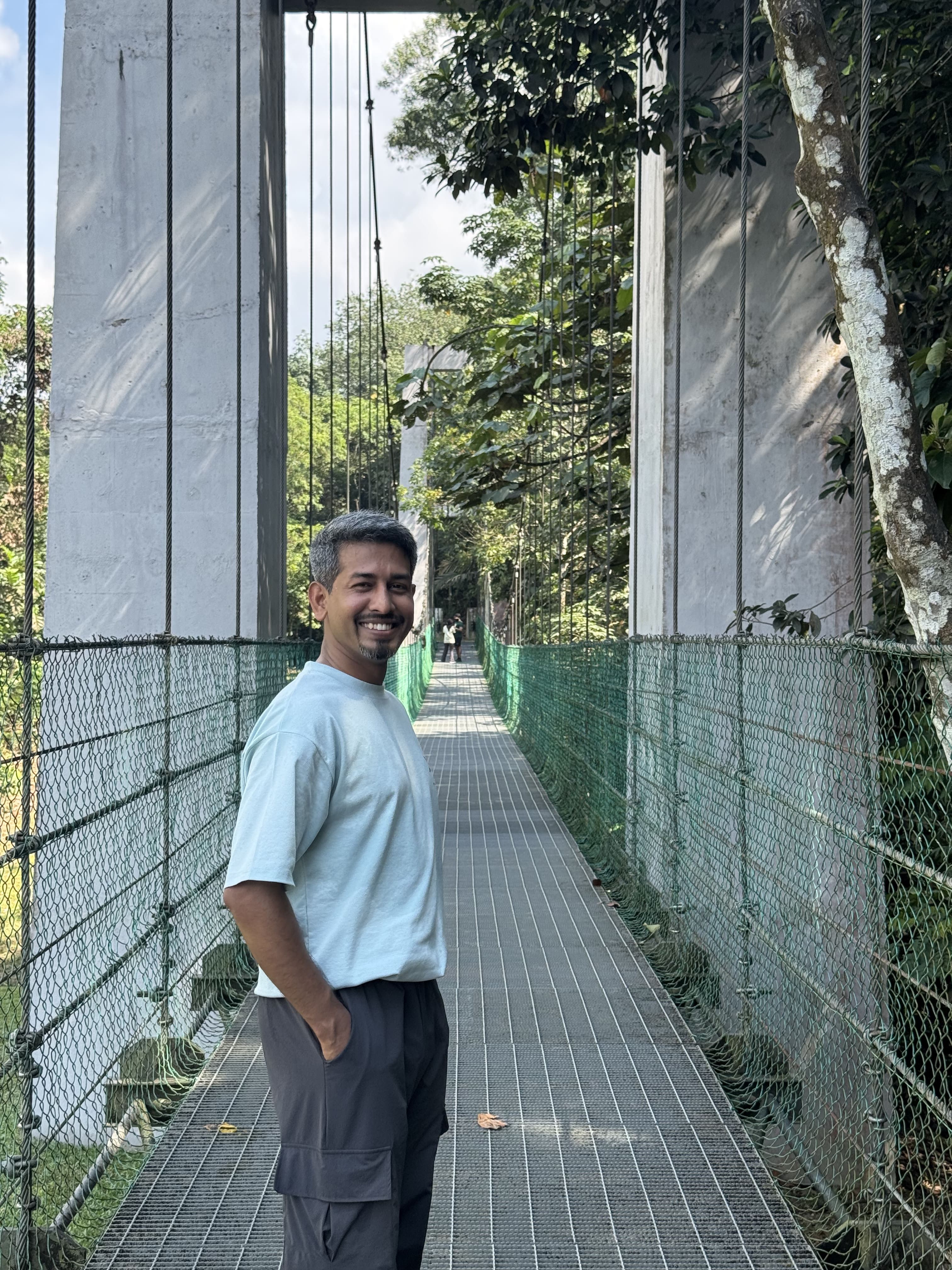
Photo: Hiking Bukit Gasing, Malaysia
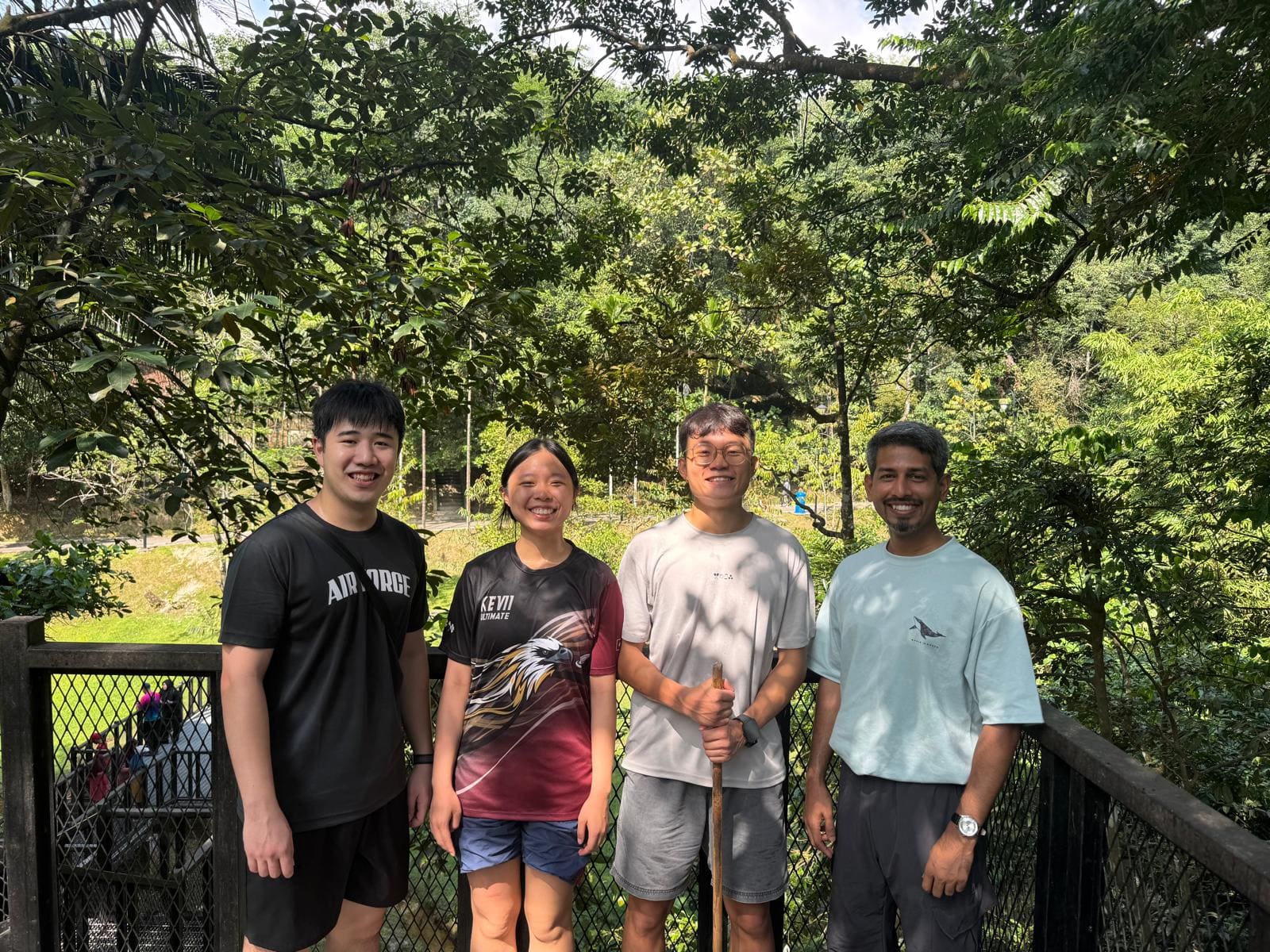
Photo: Hiking Team - Bukit Gasing, Malaysia
🍛 Becoming a Fan of Malaysian Cuisine
From Nasi Lemak and Roti Canai to Satay and Assam Laksa, I explored Malaysia’s culinary landscape with great enthusiasm. The depth of flavor, cultural fusion, and regional variations were a treat for the senses—and yes, I’ve become an avid fan of Malaysian food!
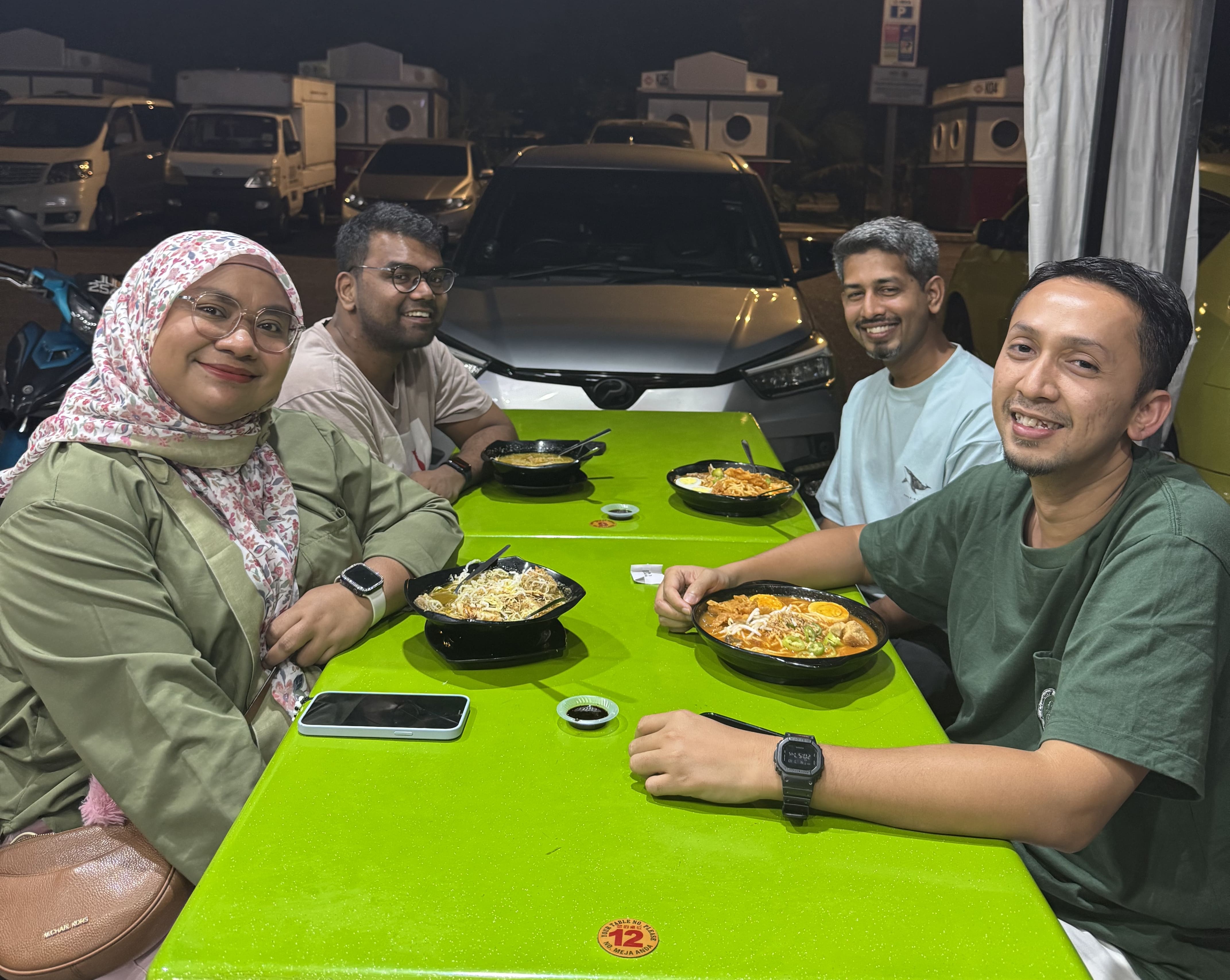
Photo: Malaysian Food
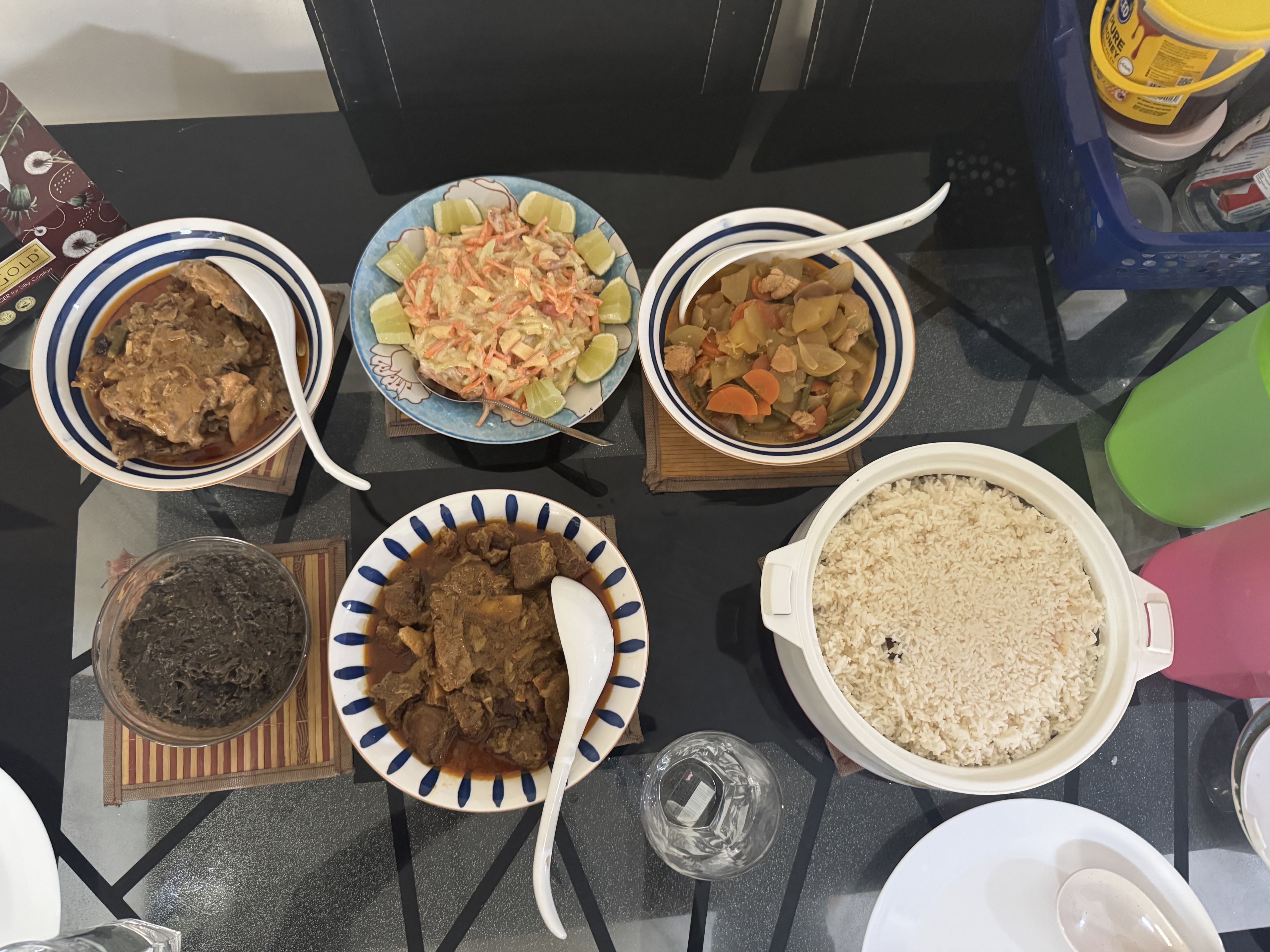
Photo: Bangladeshi Food
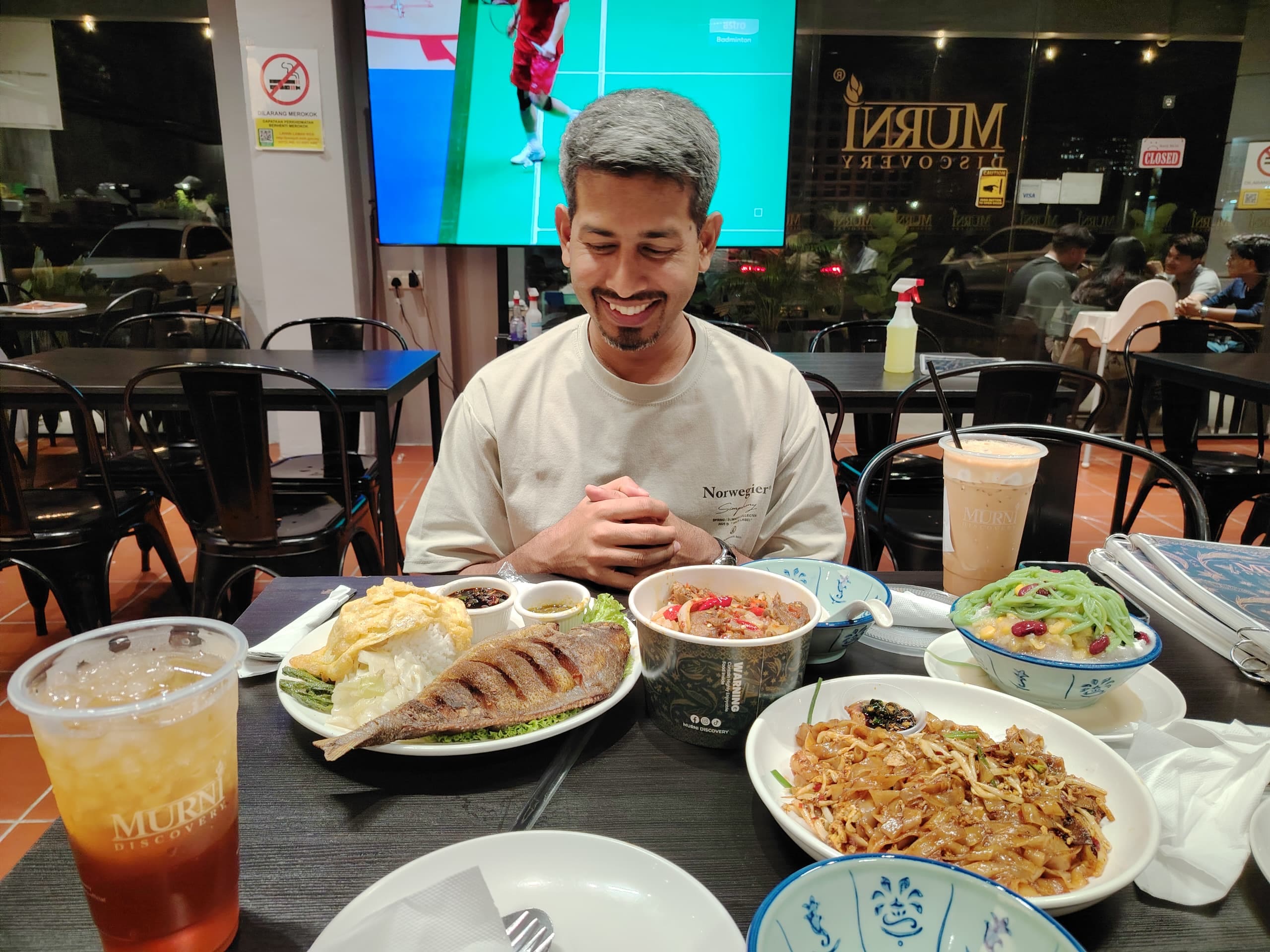
Photo: Malaysian Food
🕌 Exploring the Spiritual and Political Heart of Putrajaya
During a short visit to Putrajaya, the administrative capital of Malaysia, I was deeply inspired by its architecture, cleanliness, and symmetry.
Putra Mosque (Masjid Putra):
This rose-tinted granite mosque, gracefully set against the backdrop of Putrajaya Lake, left me in awe. Its blend of traditional Malay, Persian, and Arab-Islamic architectural elements makes it one of the most beautiful mosques I’ve seen. The tranquil prayer hall and the peaceful surroundings added to the experience of spiritual calm.
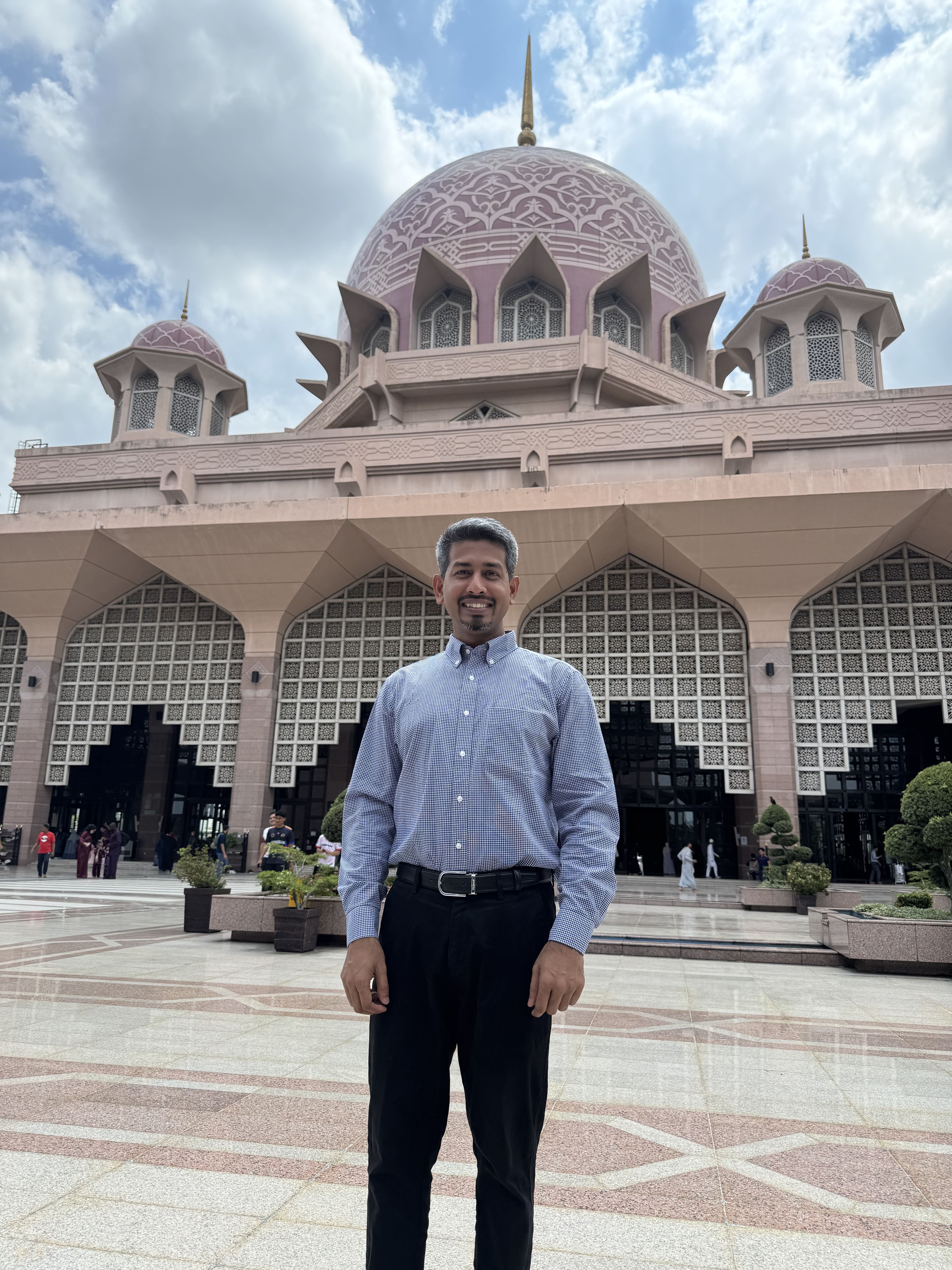
Photo: Masjid Putra, Putrajaya
Prime Minister’s Office (Perdana Putra):
Overlooking the mosque, the grand structure of the Prime Minister’s Office stood as a symbol of leadership and governance. The green domes and Islamic-Mughal style façade reflect the identity of Malaysia’s governance ethos—modern yet rooted in tradition.
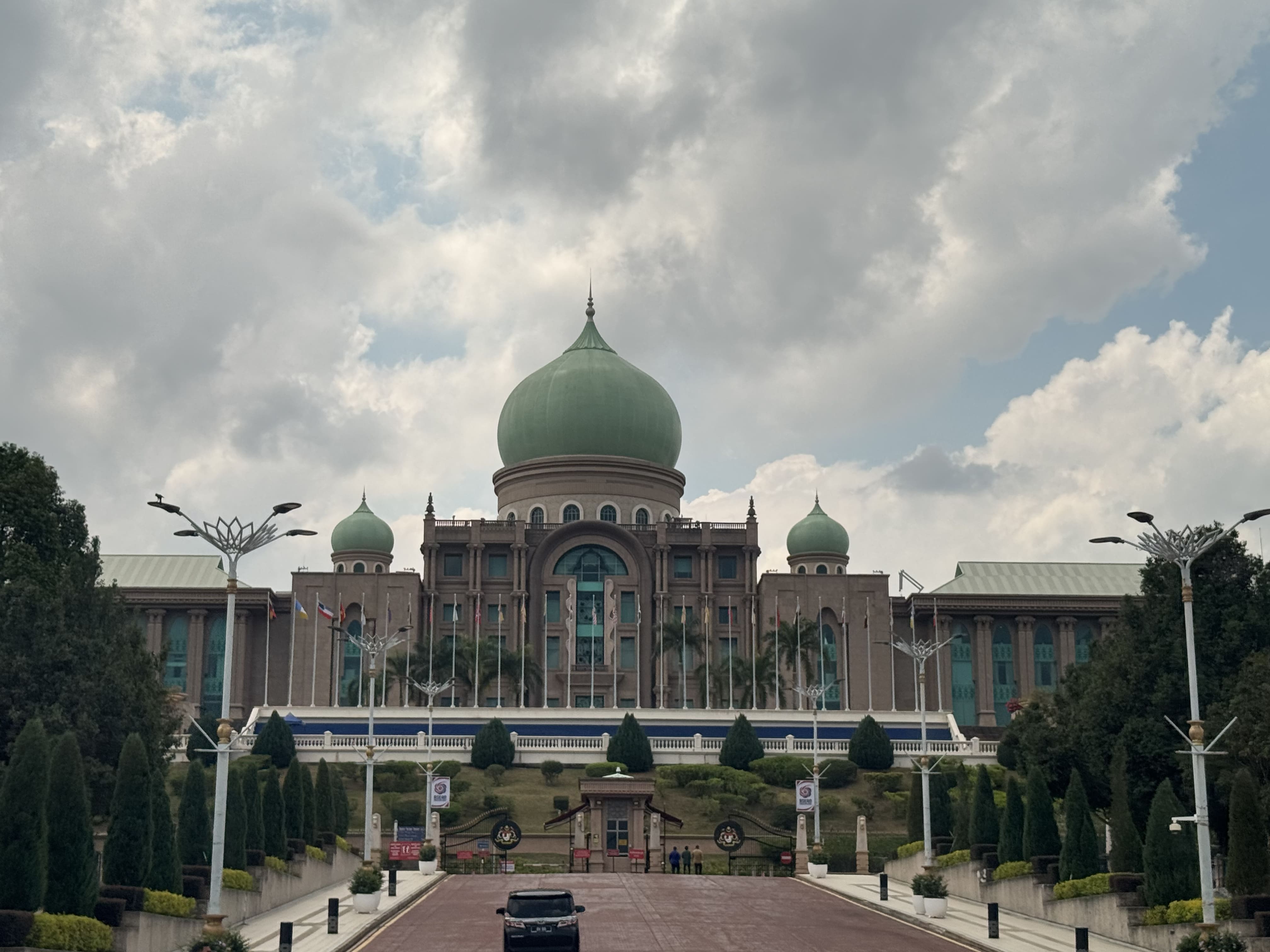
Photo: Prime Minister’s Office
Astaka Morocco Pavilion (Moroccan Pavilion Putrajaya):
Tucked inside the Putrajaya Botanical Gardens, this stunning Moroccan-inspired structure was a cultural surprise. Walking through its intricately carved wooden doors, colorful zellige tilework, and peaceful courtyards, I felt transported to Marrakech. It’s a beautiful expression of Malaysia’s diplomatic and cultural ties with Morocco, and a hidden gem that many visitors overlook.
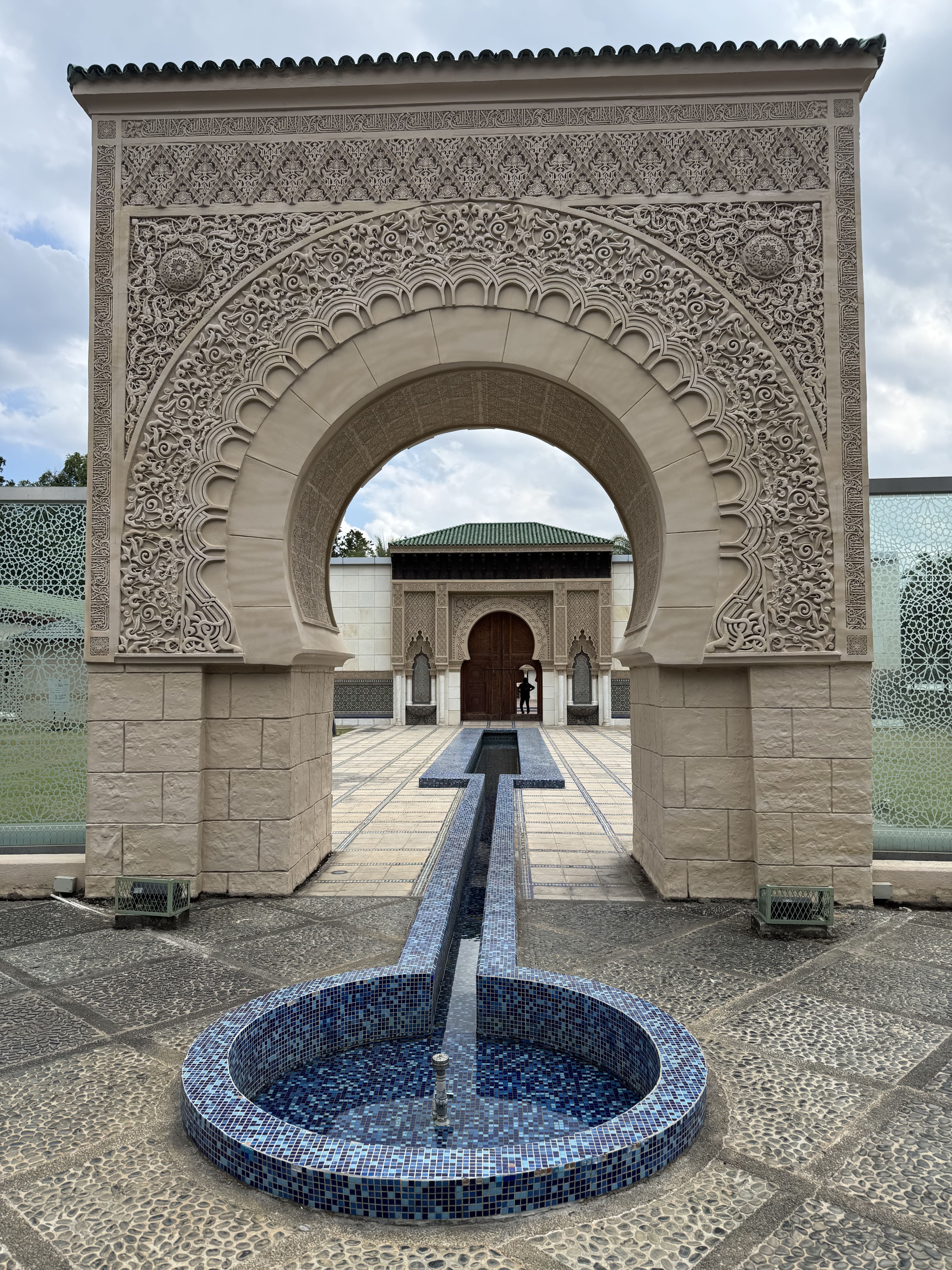
Photo: Astaka Morocco Pavilion
🤝 Reconnecting with the Bangladeshi Tech Community
One of the highlights of my trip was meeting fellow Bangladeshi software engineers and digital innovators contributing to Malaysia’s digital transformation journey. The energy, talent, and impact of our diaspora make me proud every time I connect with them abroad.
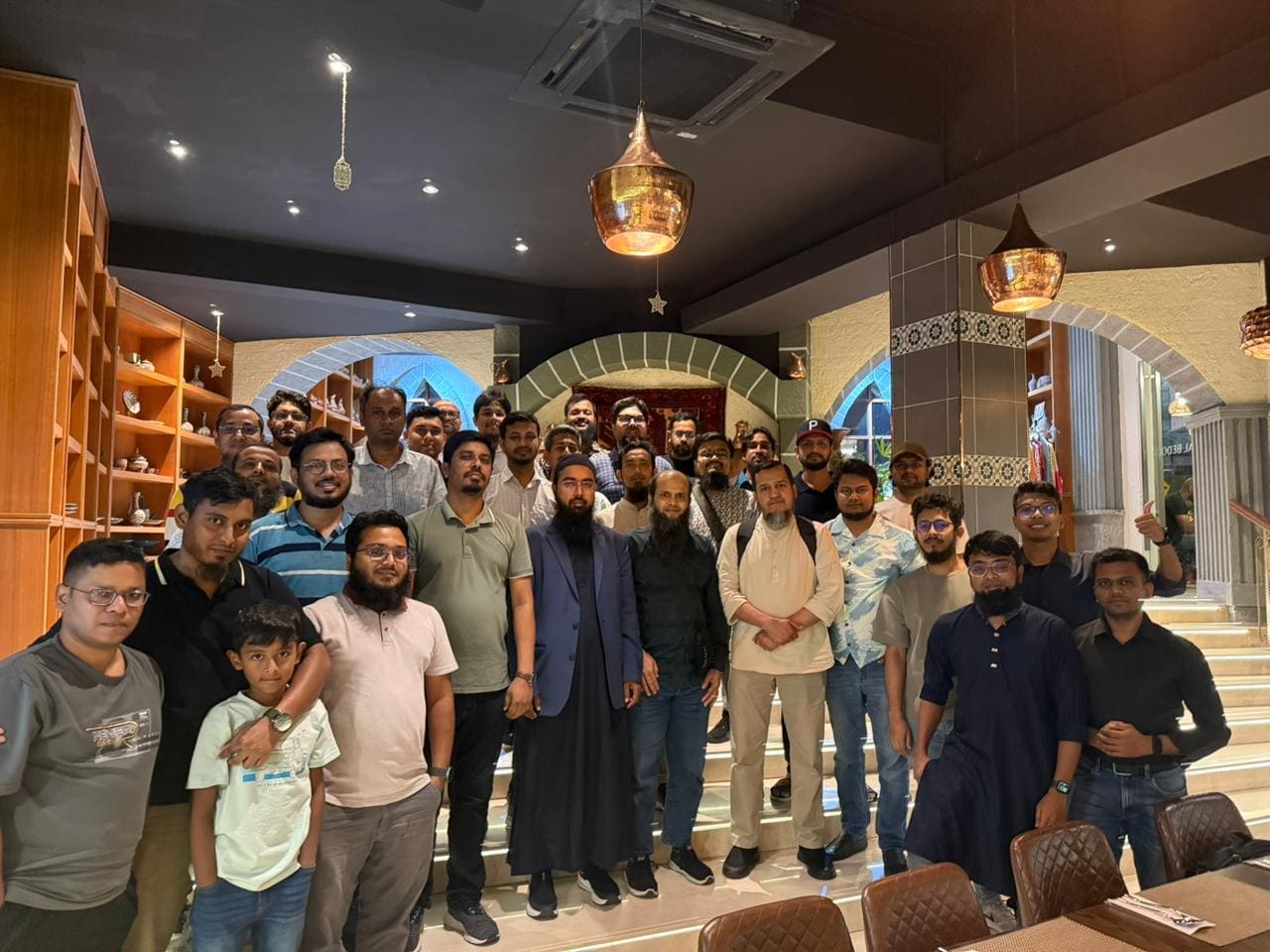
Photo: Bangladeshi Software Engineer's Community
🌍 A Renewed Commitment to Regional Collaboration
This journey reaffirmed my belief that cross-border collaboration, scientific exchange, and digital empowerment are essential to combating antimicrobial resistance. As we move forward with global goals such as GLASS, One Health, and sustainable AMR containment, these connections and conversations play a pivotal role.
Malaysia’s progress in surveillance, coupled with its openness to innovation and partnerships, sets an encouraging example for the region.
#AMR #FungalSurveillance #AMRSurveillance #OneHealth #QAAPT #WHONET #CapacityBuilding #LaboratoryScience #DigitalHealth #Malaysia #UPM #IMR #NIH #MoH
[এই আর্টিকেলটি কপি বা শেয়ার করার ক্ষেত্রে আমার এই সোর্সকে মেনশন করার জন্য অনুরুধ করা হলো। ]
[ রেফারেন্স: জুলহাস সুজনের ব্যাক্তিগত ওয়েবসাইট থেকে - https://julhas.com/travelling/malaysia/amr/surveillance/2025 ]